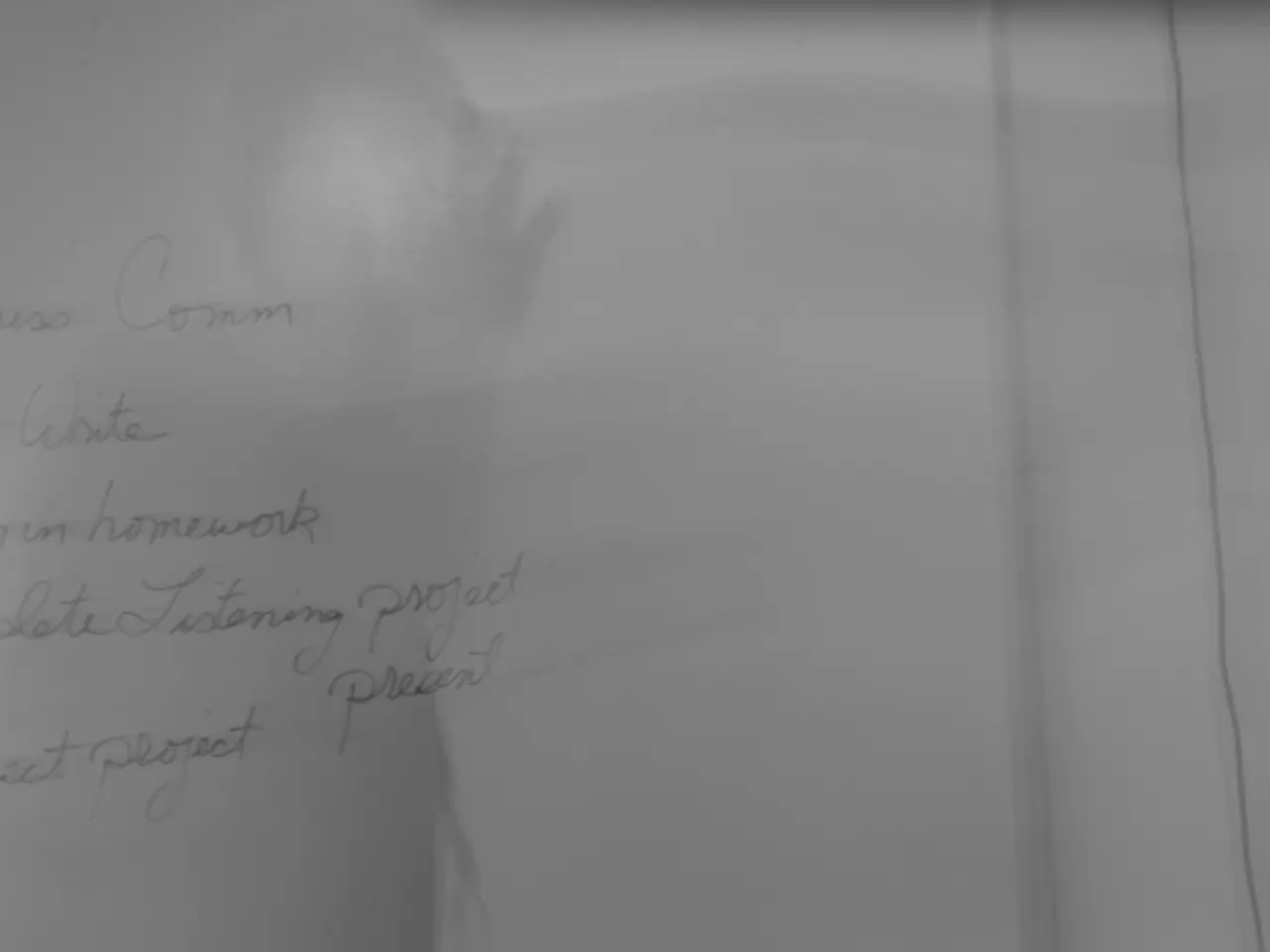Navigating Organizational Leadership through Unpredictability, as Directed by Gary A. Bolles
In his book "The Next Rules of Work", Gary A. Bolles offers a fresh perspective on modern business, providing a new framework for leaders, managers, and professionals to adapt to the changing nature of work.
The book is divided into three main sections: Mindset, Skillset, and Toolset. The Mindset section emphasizes the importance of adopting a growth mindset and continuous learning. Bolles suggests that to combat the narrow-mindedness of managers who treat employees as personally owned assets, a shift in mindset is needed. Leaders need to recognize that talent exists to be shared within the organization; it's not the property of a particular manager.
The Skillset section identifies key skills needed for the future of work, including adaptability, creativity, and digital literacy. The most important Next Skills needed to succeed in the working world - both for the future and now - are captured in the acronym PACE: Problem-solvers who are Adaptive, Creative, and have Empathy. These are the four skills that need to be prioritized, identified, and trained.
The Toolset section introduces various tools and techniques to help leaders and organizations navigate uncertainty. Examples of tools mentioned include agile methodologies, design thinking, and data-driven decision-making. The book also discusses agile project management practices, which are no longer exclusive to software development but can be found in team and project alignment processes in many organizations.
Gary A. Bolles highlights the importance of ensuring that employees have the right toolset so they can both solve problems and create value for stakeholders. He emphasizes the use of Objectives and Key Results (OKRs), self-inventory software, just-in-time and just-in-context learning tools, and inclusive design thinking tools.
The book also underscores the significance of psychological diversity within a team, a concept that was part of an earlier Google study. A broad range of perspectives, backgrounds, and socioeconomic statuses within a team creates a huge increase in its ability to solve new problems.
"The Next Rules of Work" anticipates future workplace trends and prepares readers for upcoming challenges. The book's writing style is engaging and accessible, making complex concepts easy to understand and apply. It provides practical advice and real-world examples to illustrate its points.
The book concludes by emphasizing the importance of ensuring no human is left behind in the future of work. The world of work is complex, but if issues are seen through a lens that distills them into four domains - individuals, organizations, communities, and countries - it might be possible to handle the core problems.
Within organizations, there are two types of power: positional and personal. Positional power is derived from where a person sits within the organization's hierarchy. However, when it comes to who actually leads in an organization, often it's someone who has less positional but more personal power.
Gary A. Bolles mentions important figures like Peter Drucker and groups such as knowledge workers, emphasizing that individuals, organizations, and educational institutions must adapt to ongoing technological changes to thrive in the evolving future of work.
Some readers might find that the book overlaps with existing literature on modern management theories. However, the book's breadth and depth, coupled with its practical advice and real-world examples, make it a valuable resource for anyone seeking to navigate the future of work. The book anticipates future workplace trends and prepares readers for upcoming challenges, making it a must-read for leaders, managers, and professionals alike.
Read also:
- Nightly sweat episodes linked to GERD: Crucial insights explained
- Antitussives: List of Examples, Functions, Adverse Reactions, and Additional Details
- Asthma Diagnosis: Exploring FeNO Tests and Related Treatments
- Unfortunate Financial Disarray for a Family from California After an Expensive Emergency Room Visit with Their Burned Infant








